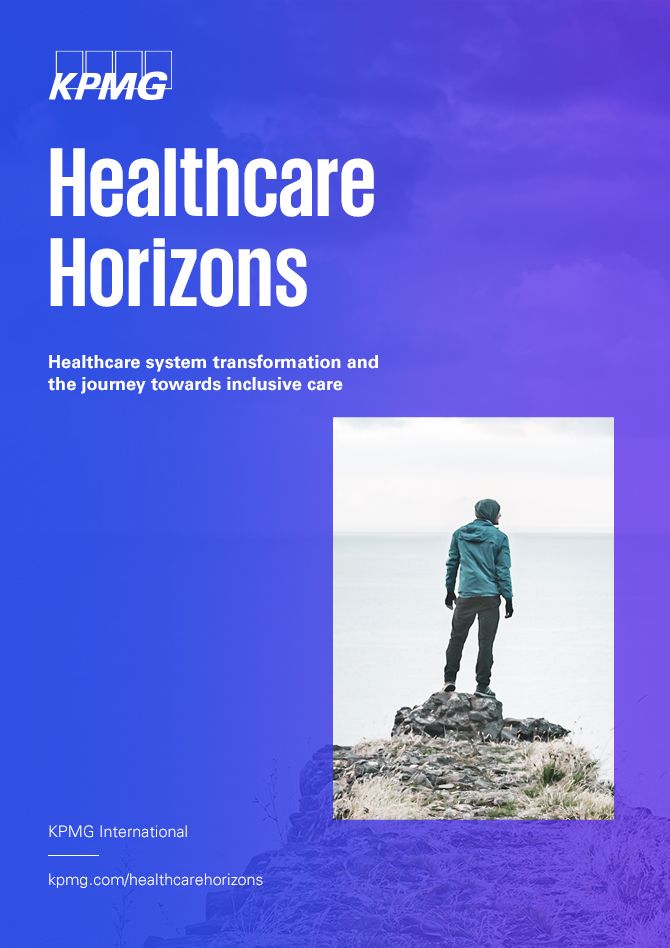Preview
Examining key features of inclusive future healthcare pathways
Sharing how future trends and an inclusive healthcare scenario may evolve chronic and acute care in a decade (two patient stories)
How an inclusive approach to healthcare may unlock value within healthcare systems
Four features of inclusive future care pathways
Future care pathways in inclusive healthcare scenarios are predicted to embody the following four attributes:
Predictive
Predictive analytics are used to identify those at risk for infections and chronic diseases, forecast worsened conditions, and to analyze patient data and outcomes to assist clinicians in developing treatment plans. Further in the future, genotyping and phenotyping will help to prevent many diseases and conditions from happening.
Personalized
Care and treatment plans are developed that cater to individual’s circumstances, preferences and eventually due to genome mapping, approaches based on genetic traits and predispositions will evolve personalized treatments to personalized prevention plans.
Proactive
Patients are empowered to manage their own health, such as equipping them with information to participate in decision-making or by providing them with the tools and technology to manage and monitor their own health. Communities are empowered to take on delivery of health promotion, prevention and care services for their populations.
Preventative
Modifiable risk factors for chronic diseases are addressed through smoking cessation and healthy living programs. Genetic testing and screening programs support disease prevention or early detection.
The evolution of care pathways: Patricia’s and Sebastian’s stories
See pages 26 to 31 of the Healthcare Horizons report to read the stories of how two typical patient pathways for chronic and acute care might be different in 10 years’ time if health systems act now to turn insights about the
Unlocking value
While inclusive future care pathways can improve customer experiences by being predictive, personalized, proactive and preventative, they can also help to unlock value within healthcare systems. The chart below uses a quadruple aim lens of improving patient experiences and outcomes, workforce experiences and reducing costs to illustrate potential opportunities.
Patient experiences
- Care services delivered closer to, and at home
- Highly personalized care based on prevention and early bespoke intervention
- Increased involvement, self-management, and governance on patients’ life and health situations
- Increased fulfillment by the ability to take up roles to help others in need of care
- Less disruption of daily life routines
Clinical outcomes
- Reduced complications due to prevention and early intervention
- Increased ‘in-time’ interventions based on continuous monitoring of a range of functions
- Outcomes focused on both health and wellbeing
Workforce experiences
- Staff able to perform at the top of their game by use of more diverse and community-based skills
- Administrative tasks and routine care tasks taken over by AI and digital tooling
- Increased quality of professional decision-making based on actual and relevant data
- Multidisciplinary approaches towards patients’ issues
- Higher flexibility in staff deployment due to transformation from organizational employment to system employment
- Taps into a wider array of workforce potential through the skilling of informal workers and micro-credentialing
- Improved staff satisfaction due to ability to spend more focused high-quality time with patients (leading to higher retention levels)
Costs
- Reduced emergency department consults
- Reduced in-hospital diagnostics
- Reduced inpatient care
- Lower waste levels due to increased personalized care
- Use of high-cost infrastructure (hospital care) replaced by use of lower cost infrastructure (primary and community care)
- Less use of expensive highly specialized staff and more use of community-based workers



